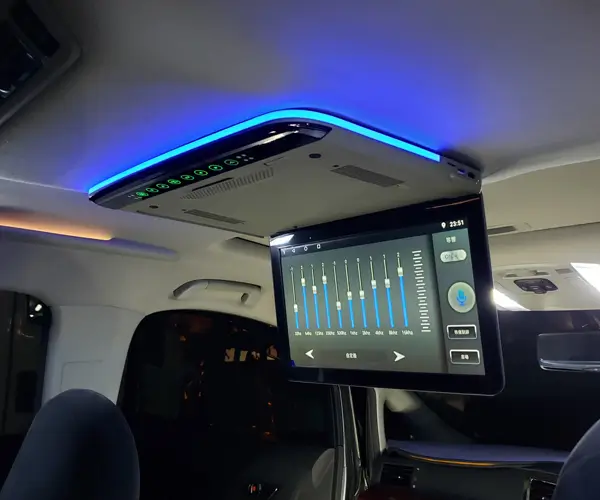When you're caught between the idea of distributed systems and microservices, it’s almost like standing at a fork in the road with a million options behind each sign. Both are buzzwords in tech circles, but what truly makes one fit better for your needs? It's a puzzle worth piecing together, especially if you're aiming for flexible, scalable, and resilient architecture.

Let’s start with distributed systems. Think of them as a network of independent nodes working in harmony—each piece doing its thing, yet sharing the workload. It’s like a team where every player has a specific role, and they communicate through a common language. This kind of setup boosts fault-tolerance because if one part crashes, the others keep the system humming. But it also demands planning—handling data consistency and communication overhead can become a headache. It’s perfect for vast, sprawling environments—say, global finance platforms or cloud storage services—where different regions need their own operational silos but also seamless connectivity.
Microservices, on the other hand, are more like a collection of mini start-ups living inside one big company. Each microservice does one thing really well. Imagine upgrading a feature or fixing a bug—just target one microservice without disturbing the whole system. That compartmentalized approach makes development faster, deployment easier, and scaling more straightforward—if you need more capacity on one feature, just scale that piece. Ever notice how some apps get super snappy after they move to microservices? That’s the power of decoupling—cutting down on dependencies that slow things down.
Now, what about questions? Why choose one over the other? Well, if your business model is multi-regional with varied needs, distributed systems handle that chaos better. But if rapid iterations, independent deployment, and component-focused upgrades matter most? Microservices might win the day. Still, it’s not a pure either/or situation. Many organizations mix and match—using distributed architecture as the backbone and microservices at the core for agility.
Picture this — you’ve got a streaming platform. The delivery network could be a distributed system, ensuring regional content loads fast everywhere, even if one server drops. Inside that, microservices handle user authentication, recommendations, and billing separately, so a bug fix or feature update doesn’t shut down the entire system. It’s like having your cake and eating it too.
So, which should you pick? That’s where your needs, future growth, and existing infrastructure come into play. Ask yourself—do I need fault tolerance and geographic distribution? Or is rapid development and modular upgrades more important? Most importantly, know that understanding the nuances can help you build a system that’s not just resilient but also primed for innovation.
It’s a wild world out there in tech. Picking between distributed systems and microservices? It’s not about choosing better; it’s about choosing what fits best—and sometimes, the best fit is a hybrid approach that makes everything sing.
Established in 2005, Kpower has been dedicated to a professional compact motion unit manufacturer, headquartered in Dongguan, Guangdong Province, China. Leveraging innovations in modular drive technology, Kpower integrates high-performance motors, precision reducers, and multi-protocol control systems to provide efficient and customized smart drive system solutions. Kpower has delivered professional drive system solutions to over 500 enterprise clients globally with products covering various fields such as Smart Home Systems, Automatic Electronics, Robotics, Precision Agriculture, Drones, and Industrial Automation.




































